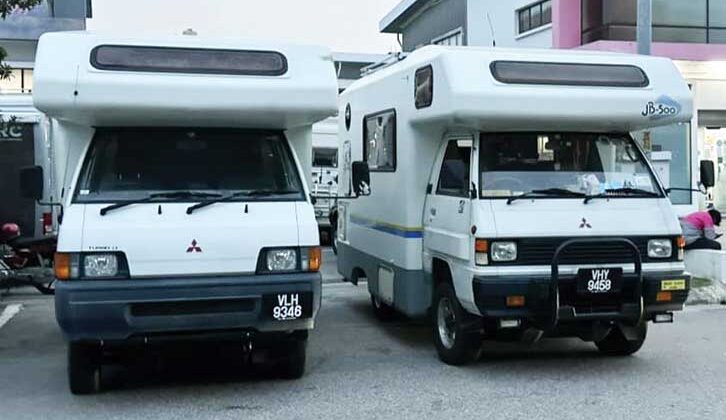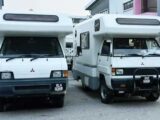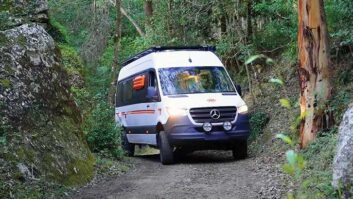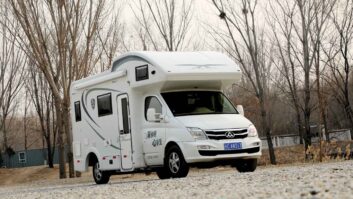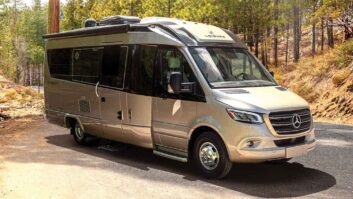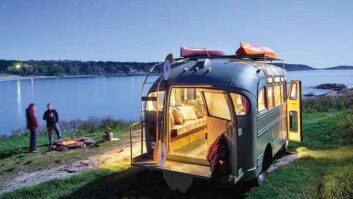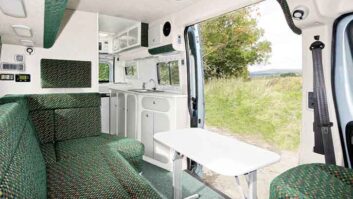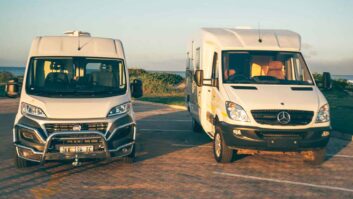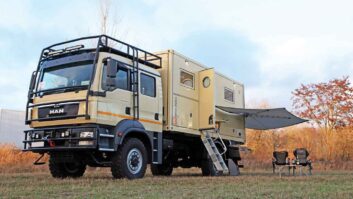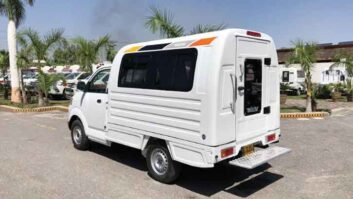South-East Asia’s most significant producers and users of motorhomes are Japan and Malaysia. Japan is an island country, whereas Malaysia is split between Peninsula Malaysia and East Malaysia, separated by the South China Sea. Malaysia is the most populated (32.7 million) against Japan’s 12.7 million inhabitants. Japan has a high population density, as its people are squeezed onto the coastal plains. Malaysia is a relatively recent producer of industrialised goods.
Japan has a long history of technical innovation and mass production, resulting in a healthy annual GDP (third in the world). Motor vehicles have been one of its most successful global exports and Japan is home to Toyota, the world’s highest-volume car and LCV producer. Japan’s crowded urban areas were the original catalyst for the development
of (right-hand drive) day vans, often equipped with a rising-roof and seats that convert into a double bed.
These were exported to the UK in huge numbers, sold ‘as imported’ or after conversion to a fully equipped camper by folk such as campervan converters Wellhouse Leisure. Most popular were the Mazda Bongo and Ford Friendee. Both countries encourage motorhomers to tour their fabulous landscapes. Each has a network of campsites, plus campgrounds in national parks. Malaysian motorhome owners are growing in number by 8% a year, while Japan has 145,000 privately registered motorcaravans.
I’ve previously taken a look at ‘vans from other parts of the world too, including the motorhomes of Russia and China and the motorhomes of Pakistan and India.
Motorhomes of Japan and Malaysia
‘Dual heritage’ motorhomes
Since the early 1970s, UK-registered ‘Japanese’ motorcaravans have been ‘dual heritage’; that is, British conversions of Japanese base vehicles. Firms such as Elddis (Nipper), Autohomes (Bambi) and most successfully of all, Island Plastics (Romahome), favoured coachbuilts on micro-trucks. Builders of larger coachbuilts used the forward-control Toyota Hiace, such as the 1973 Newlander 2 pictured here.
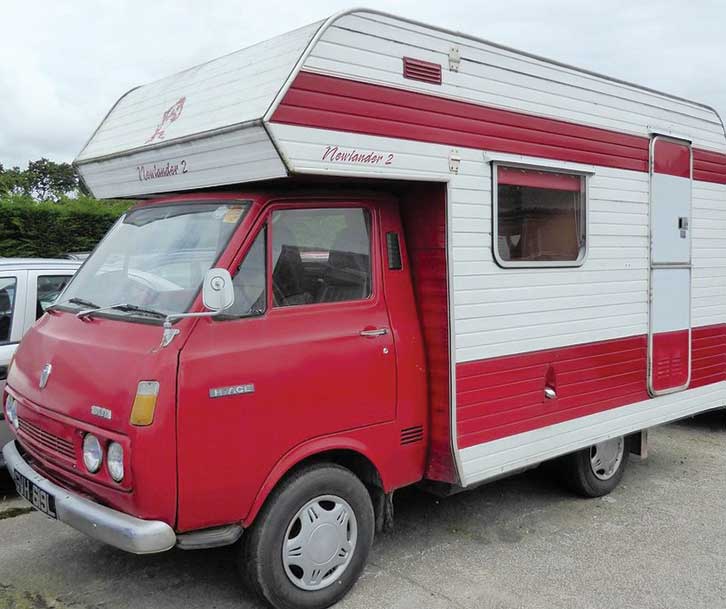
VanTech
This is the mission statement of VanTech, based near Tokyo. All stages of its design and build prioritise comfort and safety, with many inspections at each stage of production. Most of the brand’s output uses forward-control Toyota Camroad underpinnings. Pictured below is a model from the Leaves range (as in plural of leaf, rather than departing). Four-wheel drive is a popular option.
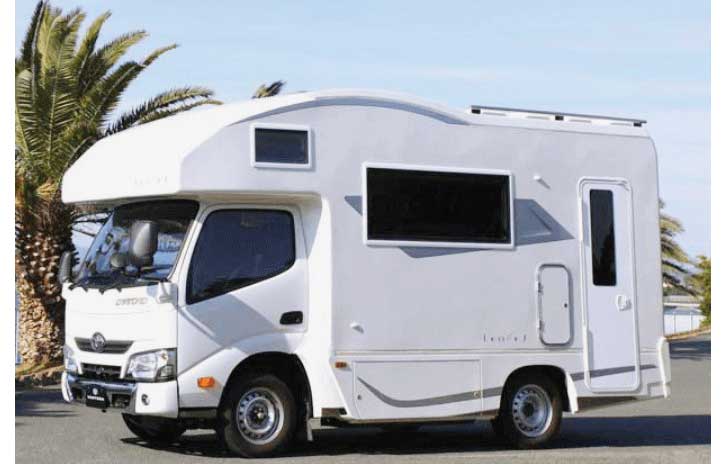
Nuts RV
Claiming to be the largest Japanese supplier of motorhomes is the superbly named Nuts RV. Originally a sports car-customising workshop, the company has grown massively and now offers a wide range of motorcaravan conversions, but specialises in durable moulded GRP coachbuilts, such as the Crea 53 shown below. Nuts RV also has manufacturing plants in China, the Philippinesand New Zealand.
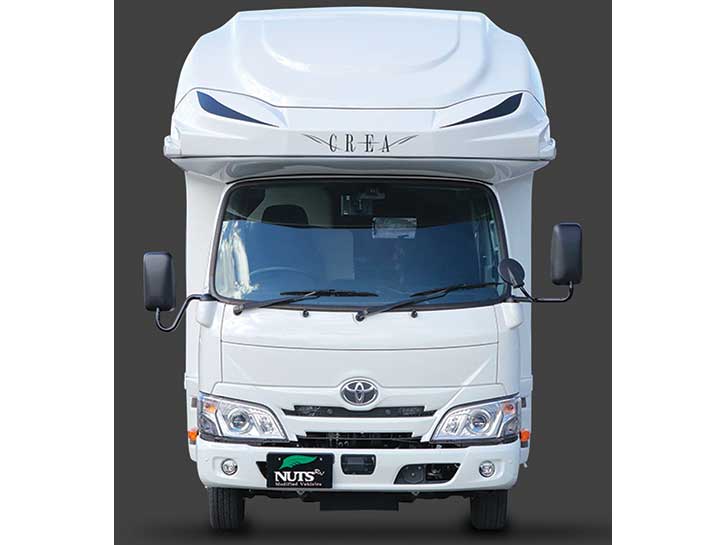
White House Campers
No, not the residence of the US President – this White House is the HQ of a go-ahead motorcaravan converter. White House Campers converts many base vehicles, including the European Fiat Ducato, but has recently concentrated on developing its Compo range, based on the 3.395m (11’ 1.5”), 658cc Honda N Van. Interest has been truly global… way to go!
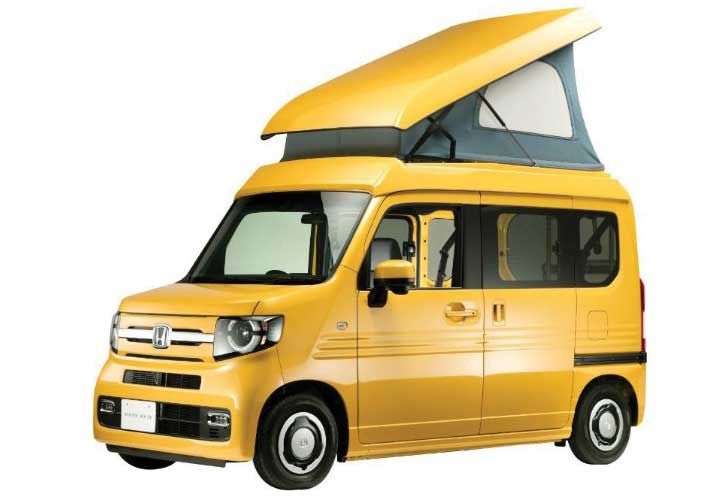
Honda PVC
The previously featured Lilliputian Honda PVC and this ultra-compact Suzuki coachbuilt are both examples of the growing Japanese trend for Kei campervans (Kei Jidosha
or ‘small-sized car’). This prototype has a nearside hinged rising-roof and an offside slide-out. An expanding ’van to satisfy expanding demand for micro-motorhomes in Asia.
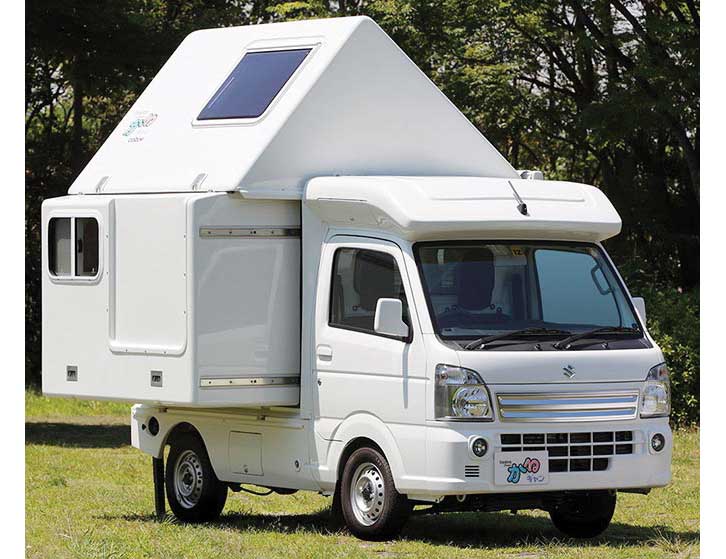
MRC Motorhomes
Selangor is also home to MRC Motorhomes. Although it will bespoke-build on any base, most of its production is coachbuilts on the Mitsubishi Delica 4×4. Delica are also popular in the UK, where they are usually converted to elevating-roof campervans. MRC will also source high-quality pre-owned base vehicles for conversion, resulting in a much more affordable windscreen price.
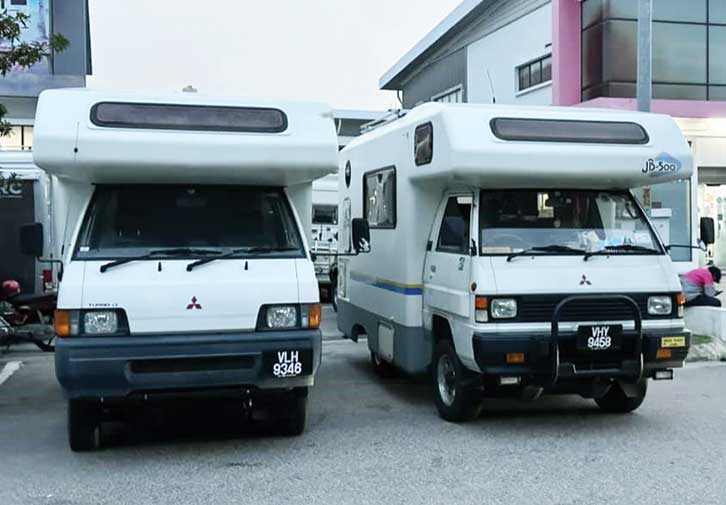
RV Maxus Motorhomes
Selangor-based RV Maxus Motorhomes may be a portent of future production trends. Previously, many imported goods were made in Japan. Today, in both the UK and Malaysia, a huge number of consumer goods are made in China. These include the ‘Malaysian’ Maxus V80C motorhomes arriving in Selangor ‘ready to roll’. Standard spec is very high and even includes a washing machine!
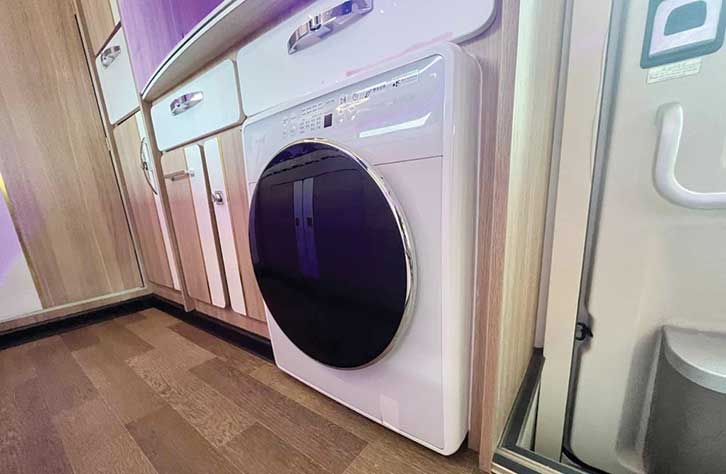
CamperV
CamperV has researched widely and found that most European visitors and hire companies prefer a rugged base vehicle for green road and off-grid motorhome adventures. A rapidly expanding domestic market in privately owned motorhomes is also increasingly opting for 4×4 pick-up-based motorcaravans, the subject of the brochure cover shown above. CamperV is based in Seremban.
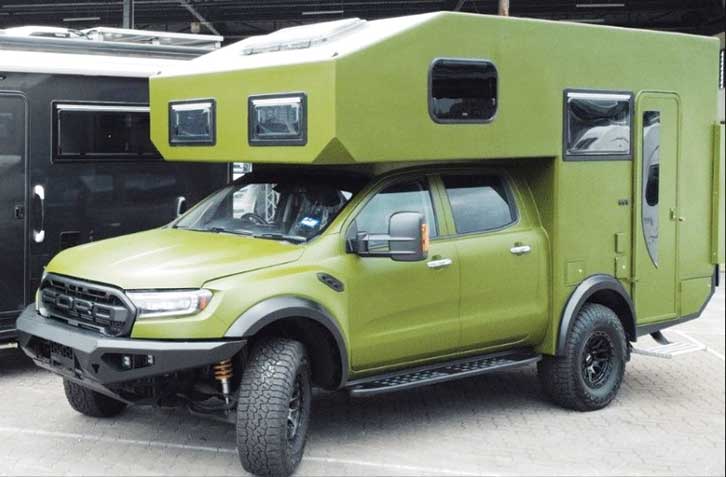
Catch up on other areas I’ve looked at by taking a look at my guides to the motorhomes of Africa and also the motorhomes of eastern Europe.
If you enjoyed reading this article, why not get the latest news, reviews and features delivered to your door or inbox every month? Take advantage of our brilliant Practical Motorhome SUBSCRIBERS’ OFFER and SIGN UP TO OUR NEWSLETTER for regular weekly updates on all things motorhome related.
